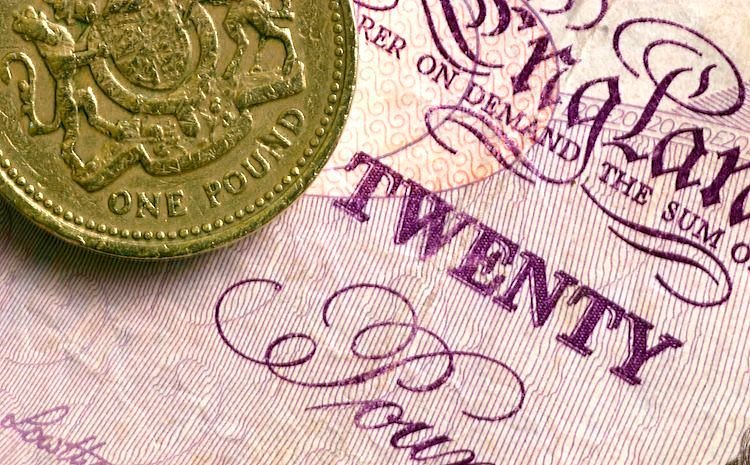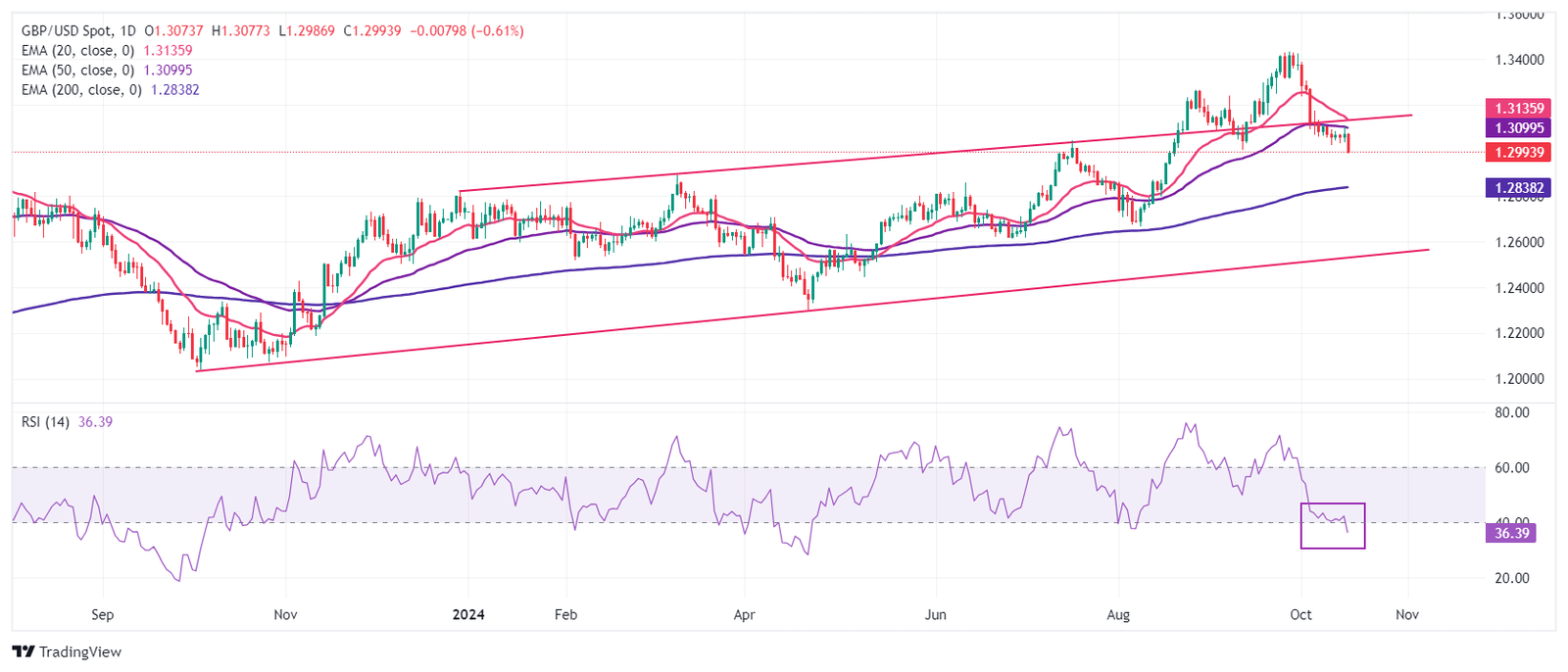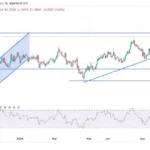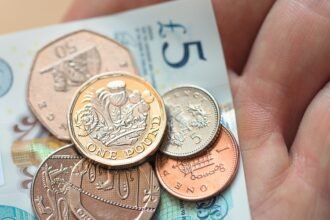- The Pound Sterling falls vertically after the UK inflation data for September came in slower than expected.
- UK annual headline CPI decelerated below the bank’s target of 2%.
- Traders expect the Fed to cut interest rates moderately in the remainder of the year.
The Pound Sterling (GBP) faces an intense sell-off as the United Kingdom (UK) Office for National Statistics (ONS) has published a soft Consumer Price Index (CPI) report for September. The CPI report showed that the annual headline inflation softened to 1.7%. Price pressures were expected to decelerate but at a slower pace to 1.9% from 2.2% in August. Month-on-month headline inflation remained flat.
The core CPI inflation – which excludes volatile items such as food, energy, oil, and tobacco – decelerated at a faster-than-expected pace to 3.2%, from the estimates of 3.4% and the former reading of 3.6%. Services inflation, a closely watched indicator by Bank of England (BoE) officials, grew at a slower pace of 4.9% from 5.6% in August. A sharp deceleration in price pressures is expected to force traders to raise bets supporting interest rate cuts in each of the two policy meetings remaining this year.
Currently, financial market participants expect the BoE to cut interest rates by 25 basis points (bps) in one of the policy meetings scheduled in November and December.
Market experts were anticipating a slowdown in the service inflation as growth in the UK’s Average Earnings Excluding Bonuses, a wage growth measure that drives consumer spending, in the three months ending August was the slowest in two years. The wage growth measure rose expectedly by 4.9%, slower than the prior release of 5.1%.
Daily digest market movers: Pound Sterling weakens on BoE dovish bets
- The Pound Sterling tests territory below the psychological support of 1.3000 against the US Dollar (USD) on Wednesday. The US Dollar stays afloat near a more than two-month high as traders have priced in moderate interest rate cuts from the Federal Reserve (Fed) in the remaining policy meetings this year, with the US Dollar Index (DXY) holding onto gains near 103.30. The Fed started the policy-easing cycle with a larger-than-usual size of 50 basis points (bps) in September.
- According to the CME FedWatch tool, 30-day Federal Funds futures pricing data suggests that there will be interest rate cuts by 25 bps in the November and December meetings.
- Traders have priced out expectations of another 50 bps rate cut in November after a string of better-than-expected United States (US) data for September, which showed signs of economic resilience. US data such as Nonfarm Payrolls (NFP) and the ISM Services PMI grew at a robust pace, diminishing fears of an economic slowdown.
- Apart from the upbeat US data, price pressures grew at a faster-than-expected pace in September, signaling that the battle against inflation is far from over.
- Going forward, investors will pay close attention to the monthly US Retail Sales data for September, which will be published on Thursday. The Retail Sales data, a key measure of consumer spending, is estimated to have grown by 0.3%.
Technical Analysis: Pound Sterling steadies below 20- and 50-day EMAs
The Pound Sterling slides below 1.3000 against the US Dollar in New York trading hours. The GBP/USD pair weakens after breaking below the four-day trading range of 1.3020-1.3100. The Cable was already under pressure after slipping below the upward-sloping trendline plotted from the 28 December 2023 high of 1.2827 earlier in October.
The near-term trend of the major appears to be vulnerable as the 20- and 50-day Exponential Moving Averages (EMAs) near 1.3135 and 1.3100, respectively, are sloping downwards.
A downside move in the Relative Strength Index (RSI) below 40.00 suggests a bearish momentum.
Looking down, the 200-day EMA near 1.2840 will be a major support zone for Pound Sterling bulls. On the upside, the Cable will face resistance near the round-level figure of 1.3100.
Inflation FAQs
Inflation measures the rise in the price of a representative basket of goods and services. Headline inflation is usually expressed as a percentage change on a month-on-month (MoM) and year-on-year (YoY) basis. Core inflation excludes more volatile elements such as food and fuel which can fluctuate because of geopolitical and seasonal factors. Core inflation is the figure economists focus on and is the level targeted by central banks, which are mandated to keep inflation at a manageable level, usually around 2%.
The Consumer Price Index (CPI) measures the change in prices of a basket of goods and services over a period of time. It is usually expressed as a percentage change on a month-on-month (MoM) and year-on-year (YoY) basis. Core CPI is the figure targeted by central banks as it excludes volatile food and fuel inputs. When Core CPI rises above 2% it usually results in higher interest rates and vice versa when it falls below 2%. Since higher interest rates are positive for a currency, higher inflation usually results in a stronger currency. The opposite is true when inflation falls.
Although it may seem counter-intuitive, high inflation in a country pushes up the value of its currency and vice versa for lower inflation. This is because the central bank will normally raise interest rates to combat the higher inflation, which attract more global capital inflows from investors looking for a lucrative place to park their money.
Formerly, Gold was the asset investors turned to in times of high inflation because it preserved its value, and whilst investors will often still buy Gold for its safe-haven properties in times of extreme market turmoil, this is not the case most of the time. This is because when inflation is high, central banks will put up interest rates to combat it. Higher interest rates are negative for Gold because they increase the opportunity-cost of holding Gold vis-a-vis an interest-bearing asset or placing the money in a cash deposit account. On the flipside, lower inflation tends to be positive for Gold as it brings interest rates down, making the bright metal a more viable investment alternative.






















